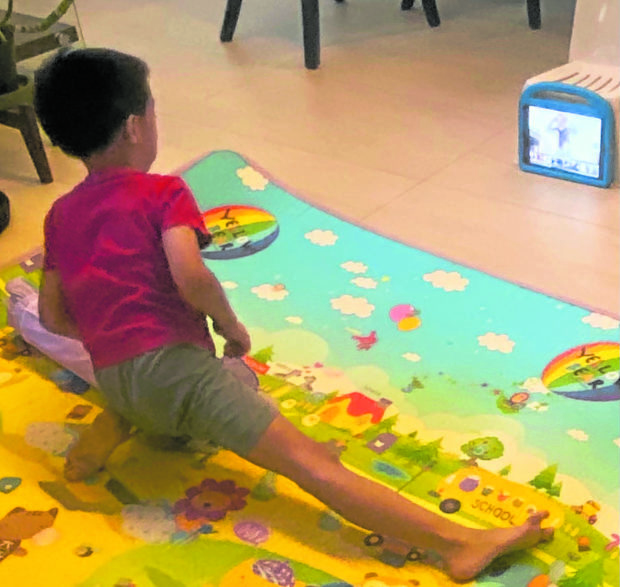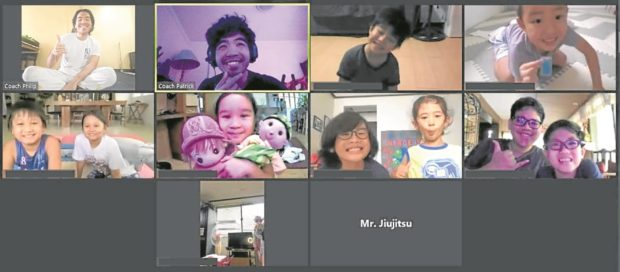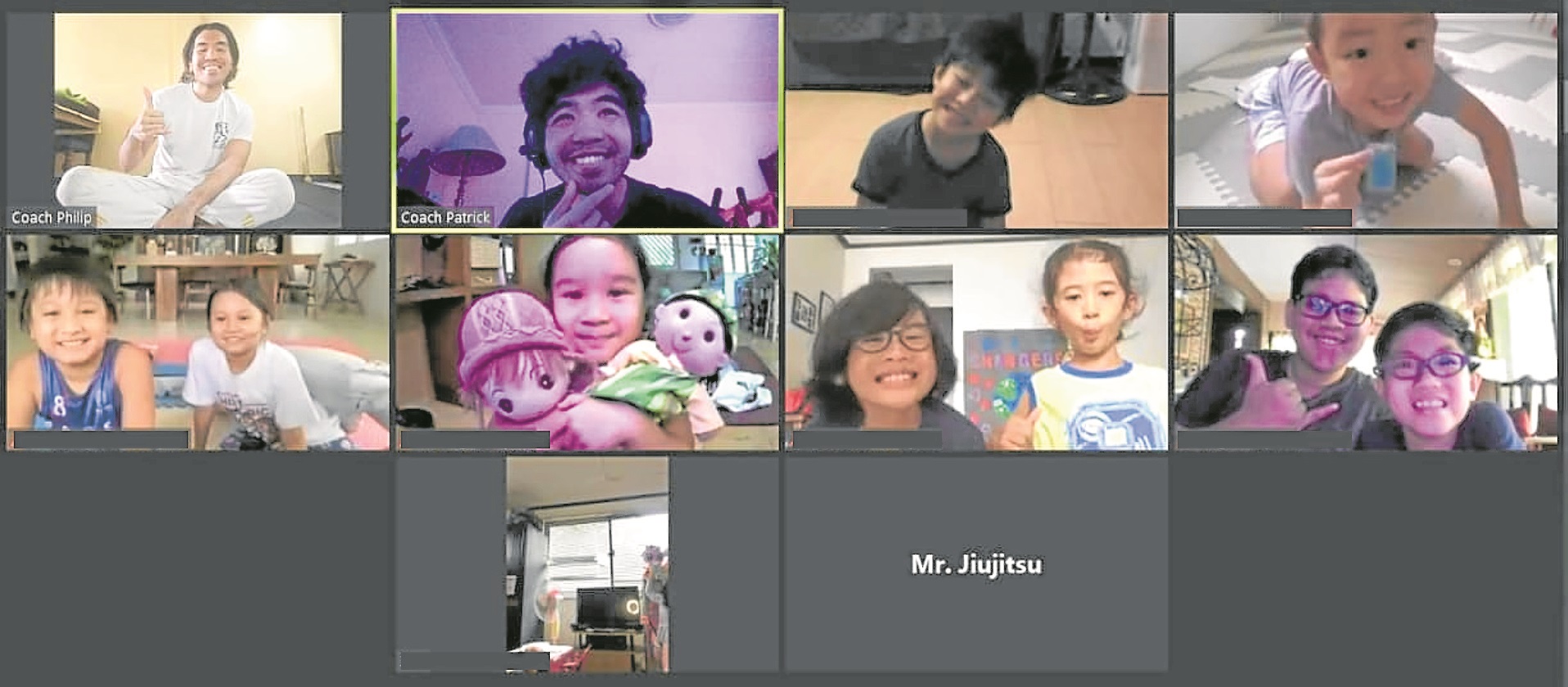For my son Jack, 10, summer break has begun, but it hasn’t torn him away from the ubiquitous screens he endured through the school year’s distance learning.
Before the most recent surge of COVID cases, he and his sister Juno, 5, were able to play outside after school most afternoons with the neighborhood kids, biking or playing games in each other’s garages or gardens, while being masked and socially distanced.
Postsurge, the streets are empty once more. While Jack and Juno enjoy a daily dose of Just Dance on YouTube and mandatory morning sun for vitamin D, pulling out weeds in the garden or watering the plants, school being out means I have to fill that void with something other than Roblox.
Children are meant to thrive on CPR—consistency, predictability, routine—so I wanted them to have something to look forward to every day, that will engage them both, and that won’t break the bank.
I learned about Jits for Kids (JFK) from one of my former jiujitsu coaches, Philip Alegre. My kids enjoyed their in-person trial classes in 2019 and online when lockdown hit last year. I appreciate how their rates are per household, so siblings can share in the learning.

“Our online class sessions focus on developing character values through structured play,” said administration head coach Christine Carlos.
Classes are run by Alegre and his brother Patrick, Luigi Dy and Carlos. They teach Brazilian jiujitsu movements to kids ages 5 to 15 through Zoom.
“We adapted our program to accommodate the needs of online classes,” said Carlos.
Online vs in-person classes
What are the challenges of holding online classes vs in-person?
“One definite challenge with our online classes is that jiujitsu requires a partner who you can practice drills and movements with. Also, to coach, it’s important for us to see all angles of our students when they perform the drills or techniques. We are limited to what we can see on camera,” she said.
“To address these challenges, it is important for us to break down the movements. Thankfully, this is the foundation of our JFK program. Aside from developing character values in our students, we also want to introduce and familiarize kids to the movements of jiujitsu, making it easier for kids to pursue the sport. We do this by having game-like scenarios in class.”

They have a “value for the day,” like leadership or courage, and sometimes have a cartoon snippet highlighting this.
“We work with the parents to maximize the kids’ JFK experience. Parents help kids fashion a pillow with a gi or a jacket to act as their training partners. We also provide parents with as many supplementary materials as we can: instructional videos, videos of the moves being applied in a match and progress reports,” said Carlos.
I think what also sets this martial art apart is how nonlinear learning it is. There is great focus on muscle memory; refining movements till they become instinctive. Doing things repetitively is necessary and, hence, not a waste of time practicing on a dummy if you’re a beginner.
Despite holding daily classes several times a day, the coaches’ enthusiasm is genuine and their energy is palpable; all communications with this team have been very professional and pleasant.

Jippo and Tisha Cervantes practiced jiujitsu, too. Their son Enrique, 5, has experienced JFK in-person and at home.
“It’s something he already enjoyed prepandemic,” said Tisha. “It took him a while to try it out since he wasn’t too keen about it being via Zoom, but he finally decided to give it a go. So far, it’s going great. I like it because it’s something that requires him to move—to use all that energy he has. It’s been tough to make him do his usual activities due to the pandemic restrictions on kids. He likes it because the coaches are entertaining, it makes him move a lot and he gets to play.’”
—CONTRIBUTED INQ
Tel. 0917-7114076; [email protected]; @jitsforkids.ph on Facebook and Instagram













































